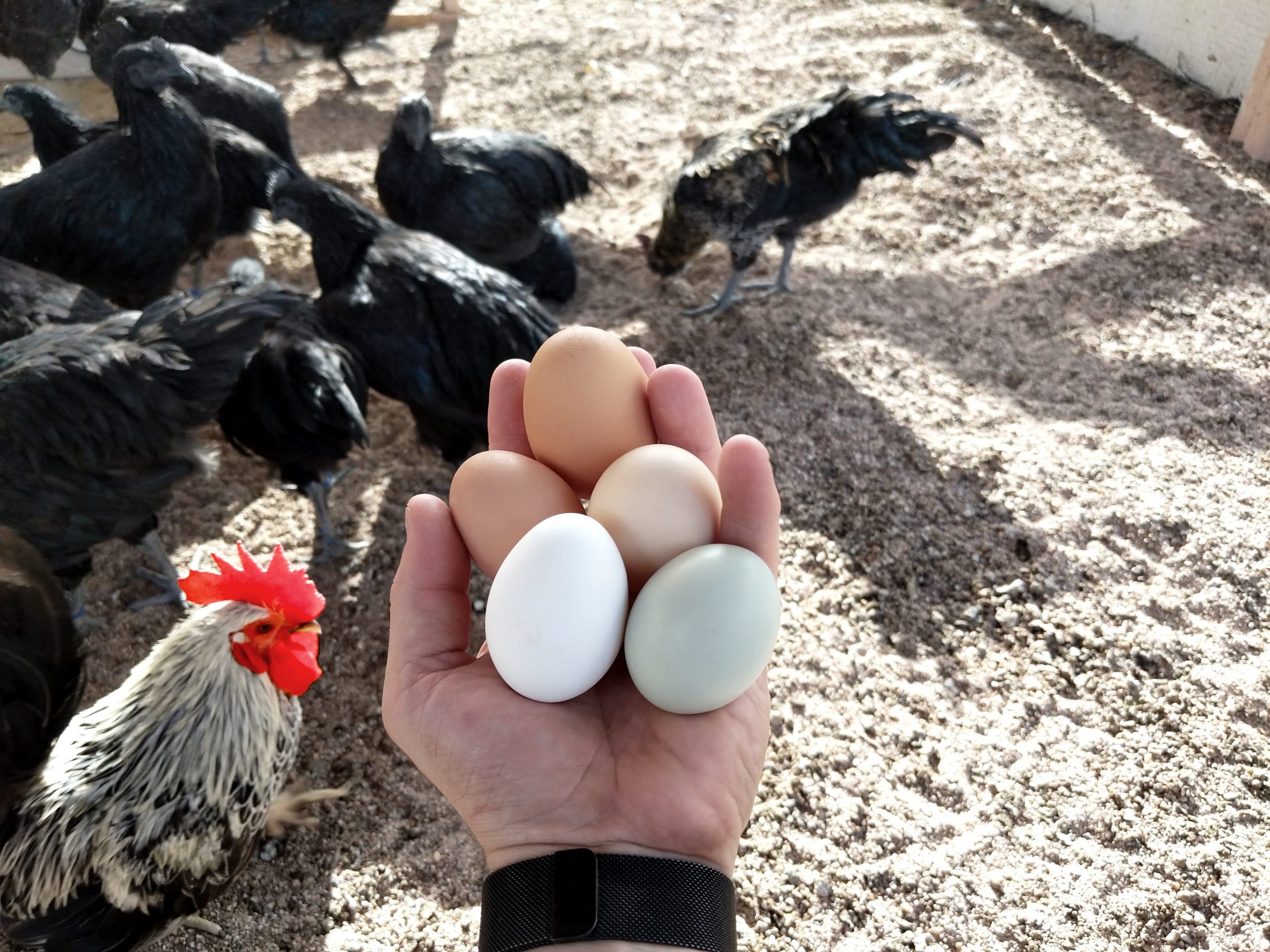Manufacturers could soon produce over a billion doses of vaccines made using chicken eggs.
A new Covid-19 vaccine created with a new molecular formula that includes the use of chicken eggs has entered clinical trials, The New York Times reported.
The NDV-HXP-S vaccine, currently being is studied and tested in Brazil, Mexico, Thailand and Vietnam, is said to ensure more antibodies than current authorised vaccinations around the world.
Experts believe the new combination could be less complex and far easier to produce if proved to be effective against the novel coronavirus. This is in contrast to Pfizer and Johnson & Johnson vaccines which are produced in specialised factories using hard-to-acquire ingredients.
However, the new NDV-HXP-S vaccine “can be mass-produced in chicken eggs — the same eggs that produce billions of influenza vaccines every year in factories around the world,” the NYT report said on Monday.
This will allow low- and middle-income countries that have yet to acquire the more expensive vaccines to obtain the potentially life saving jab at a lower cost.
Dr. Bruce Innis from PATH Center for Vaccine Innovation and Access, which coordinated the development of NDV-HXP-S, described it as “a world-class vaccine” that could be mass produced to introduce more than one billion doses annually.
🧠 A recent study found that mental health conditions such as anxiety and depression are common between Covid-19 survivors, leading to concerns over a more long-term impact of the global health crisis. Read more 👇 https://t.co/man91qlteu
— Doha News (@dohanews) April 7, 2021
“That’s staggering — it would be a game-changer,” said Andrea Taylor, assistant director of the Duke Global Health Innovation Center.
The first phase of clinical trials will conclude in July. However, the final phase will take months to determine the potency of the vaccine.
How does it work?
Vaccines work by introducing a new virus to the body to allow the immune system to respond by creating antibodies to attack it. After exposing the virus to the body, the immune cells learn to detect infected cells and kill them.
“Some vaccines contain entire viruses that have been killed; others contain just a single protein from the virus. Still, others contain genetic instructions that our cells can use to make the viral protein,” the NYT report added.
Read also: Was Covid-19 transmitted by animals? WHO probe reveals findings
In the case of the Covid-19, the best way to destroy the virus is by targeting the protein that protects it like a shield. “The protein, known as a spike, latches onto cells and then allows the virus to fuse to them.”
However, studies on the coronavirus show that injecting the virus’s spike proteins into the body is not the best way to form immunity against it. “That is because spike proteins sometimes assume the wrong shape, and prompt the immune system to make the wrong antibodies,” the report added.
This was concluded by a group of researchers long before the pandemic erupted. In 2015, another coronavirus emerged, causing a deadly form of pneumonia called MERS. Jason McLellan, a structural biologist then at the Geisel School of Medicine at Dartmouth, and his colleagues, set out to make a vaccine against it.
“They wanted to use the spike protein as a target. But they had to reckon with the fact that the spike protein is a shape-shifter,” the report explained.
The researchers discovered that antibodies work against only one of the two shapes of the spike protein.
After multiple trials, they came up with the right combination to create the vaccine— a spike called 2P— and tested it on mice to then find out that animals could easily resist the MERS coronavirus.
“The team filed a patent for its modified spike, but the world took little notice of the invention. MERS, although deadly, is not very contagious and proved to be a relatively minor threat; fewer than 1,000 people have died of MERS since it first emerged in humans,” The New York Times mentioned.
However, in early 2020, a new coronavirus, SARS-CoV-2, emerged and began quickly spreading among people and across nations.
Moderna was the first to rush and use McLellan and his colleagues’ discovery to design a vaccine for Covid-19.
Other giant pharmaceutical companies soon followed suit, adopting the same technique for their own vaccine formulas. All three vaccines authorised in the United States to date — Johnson & Johnson, Moderna and Pfizer-BioNTech – applied the 2P spike.
‘Genius’
McLellan’s lifesaving discovery in the structure of proteins earned him major respect and fame in the vaccine world, especially since the emergence of the current global health crisis.
“This guy is a genius,” said Harry Kleanthous, a senior program officer at the Bill & Melinda Gates Foundation. “He should be proud of this huge thing he’s done for humanity.”
In March, McLellan collaborated with two fellow University of Texas biologists, Ilya Finkelstein and Jennifer Maynard; a team of researchers then created a single protein containing the two prolines in the 2P spike, plus four additional prolines found elsewhere in the protein.
The new spike, which boasted six prolines, was aptly named HexaPro and has proven to be more stable and resilient than 2P.
“It made sense to try to have a better vaccine,” said McLellan, who is now an associate professor at the University of Texas at Austin.
With the aim to reach more disadvantaged people around the world, the University of Texas set up a licensing arrangement for HexaPro allowing “companies and labs in 80 low- and middle-income countries to use the protein in their vaccines without paying royalties.”
A little help from eggs
Authorised Covid-19 vaccines require expensive ingredients to create and roll out. However, influenza vaccines are somewhat cheaper due to the use of chicken eggs. Many factories make flu shots with influenza viruses injected into the eggs, which produce new copies of the diseases that are then extracted, weakened and put into vaccines.
Scientists at the Icahn School of Medicine at Mount Sinai experimented with a bird virus called Newcastle disease virus to create vaccines. “To develop an Ebola vaccine, for example, researchers added an Ebola gene to the Newcastle disease virus’s own set of genes,” the report said.
They inserted the discovered virus into chicken eggs and because it is a bird virus, it quickly multiplied. The researchers therefore found themselves with Newcastle disease viruses coated with Ebola proteins.
After the discovery, the researchers set their eyes on the coronavirus spike protein and added HexaPro to the Newcastle disease viruses. NDV-HXP-S was the result.
Thousands of doses of NDV-HXP-S were then ordered to be produced in a Vietnamese factory. Months later, the the factory, which usually makes influenza vaccines in chicken eggs, sent the vaccines to New York to be tested,.
Due to its efficacy researchers needed fewer viruses for an effective dose. “A single egg may yield five to 10 doses of NDV-HXP-S, compared to one or two doses of influenza vaccines.”
Read also: How your age impacts Covid-19 vaccine side effects
Vietnam’s Institute of Vaccines and Medical Biologicals announced the start of clinical trials of NDV-HXP-S on March 15 and within weeks, Thailand and Brazil followed suit.
Mexico’s vaccine-maker Avi-Mex is also due to start clinical trials on vaccines in the form of intranasal spray.
Meanwhile, McLellan is seeking to create a third version of the spike that is expected to be better than HexaPro.
“There’s really no end to this process,” he said. “The number of permutations is almost infinite. At some point, you’d have to say, ‘This is the next generation.’”
Follow Doha News on Twitter, Instagram, Facebook and Youtube







